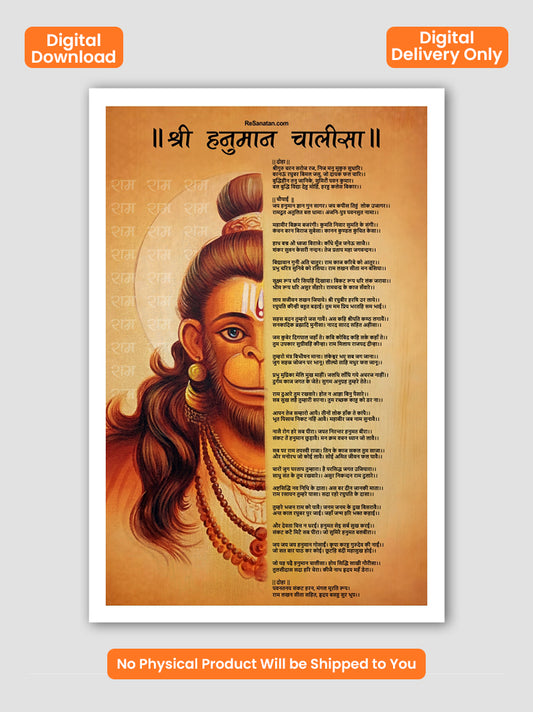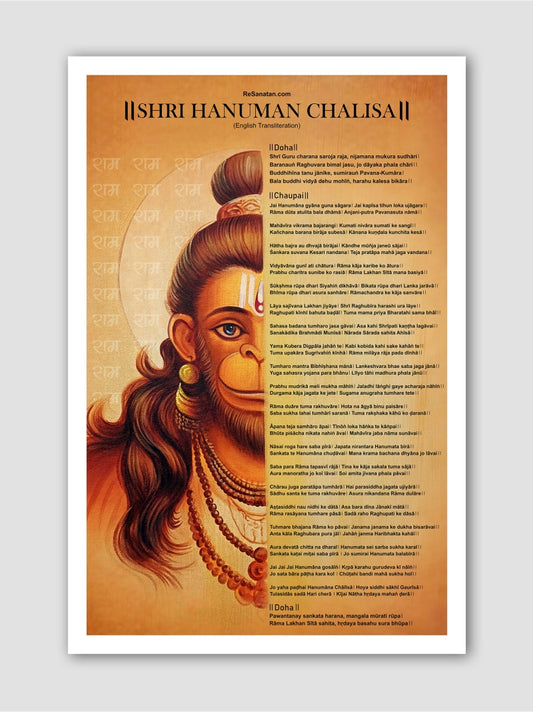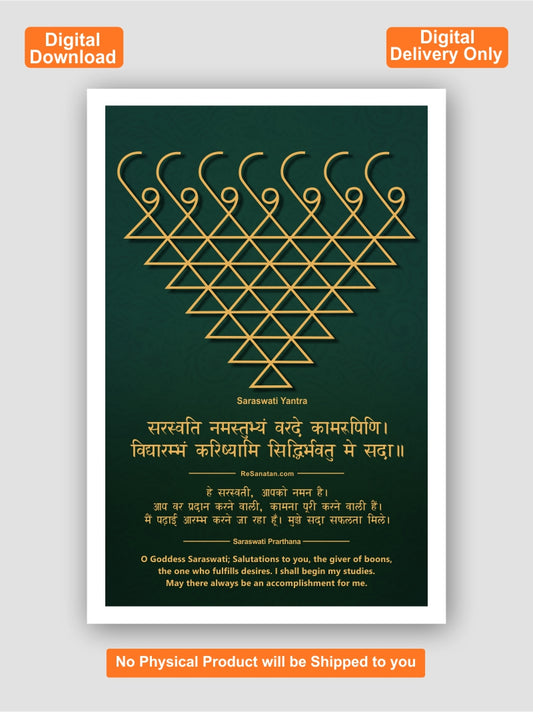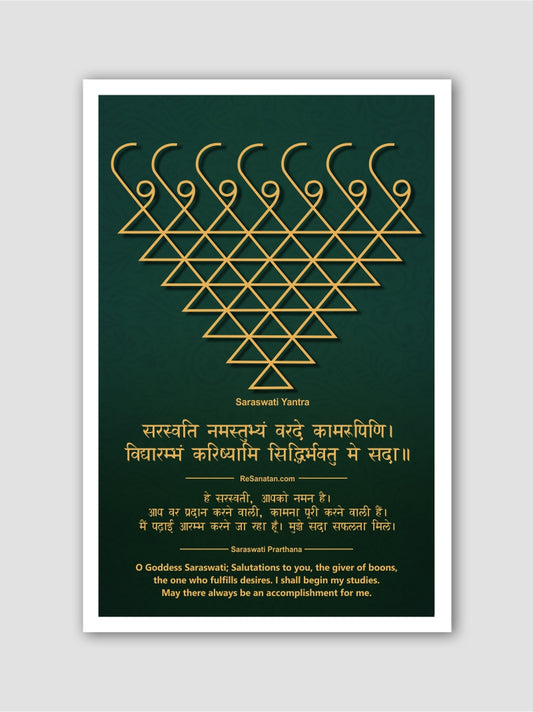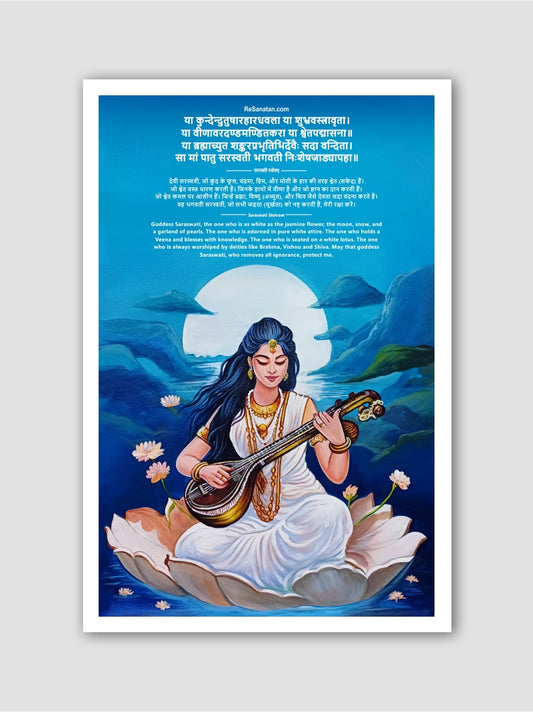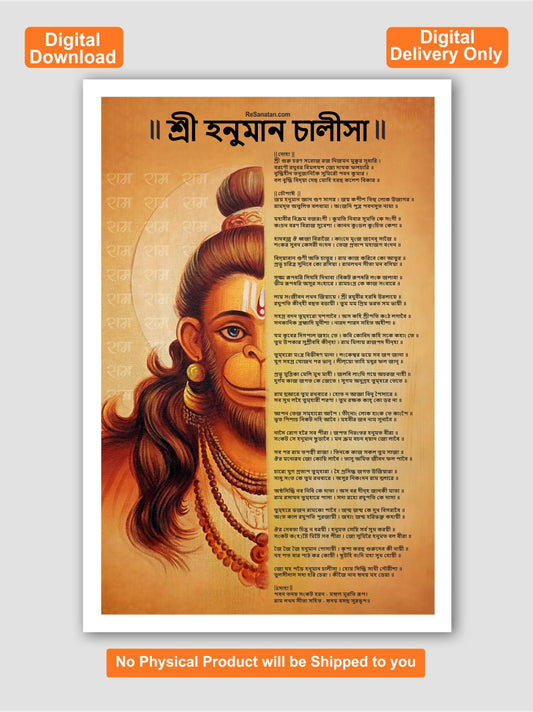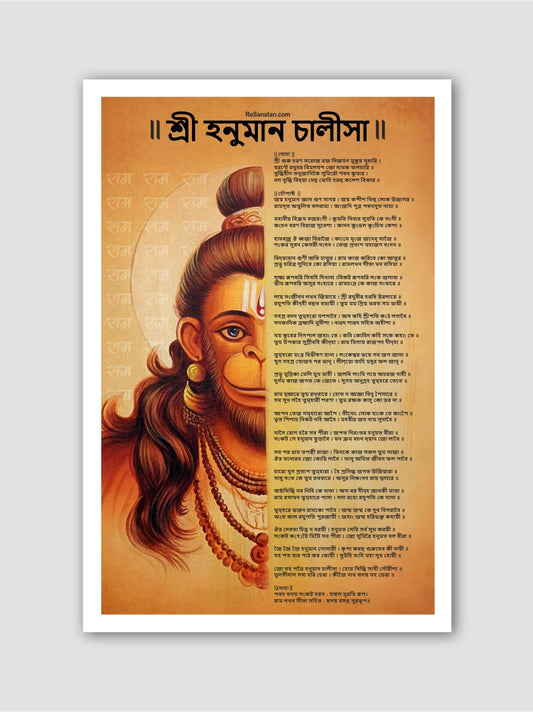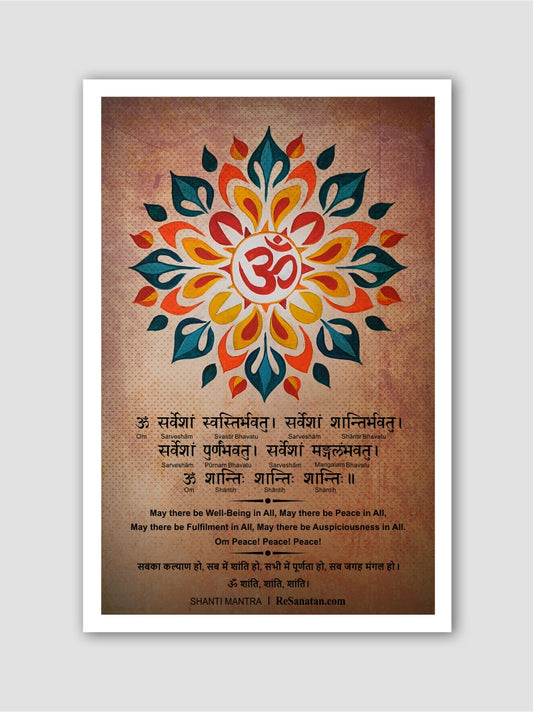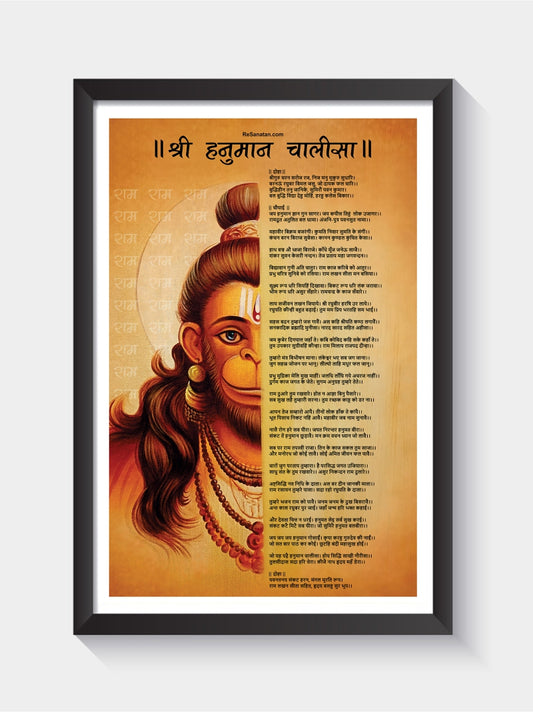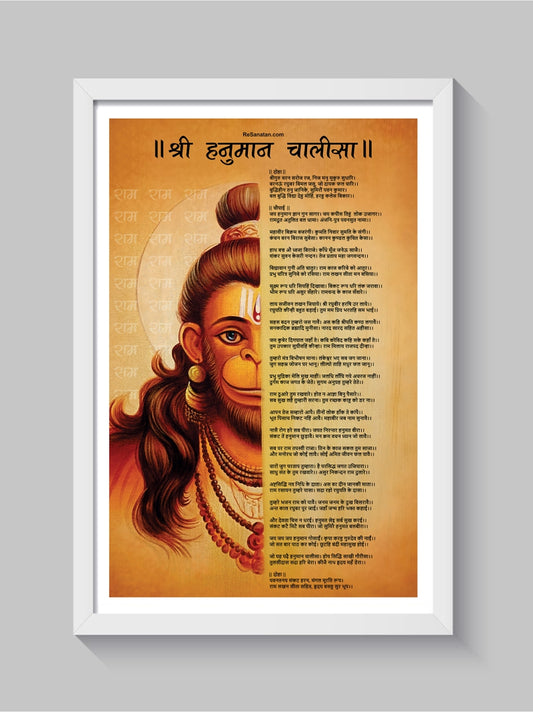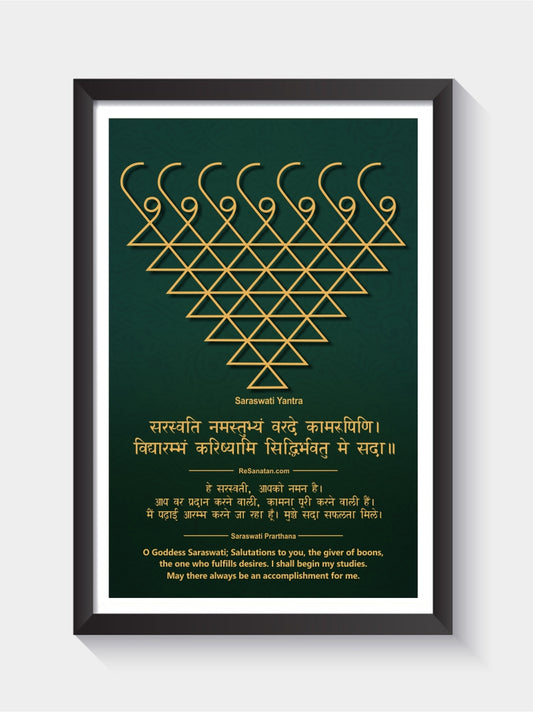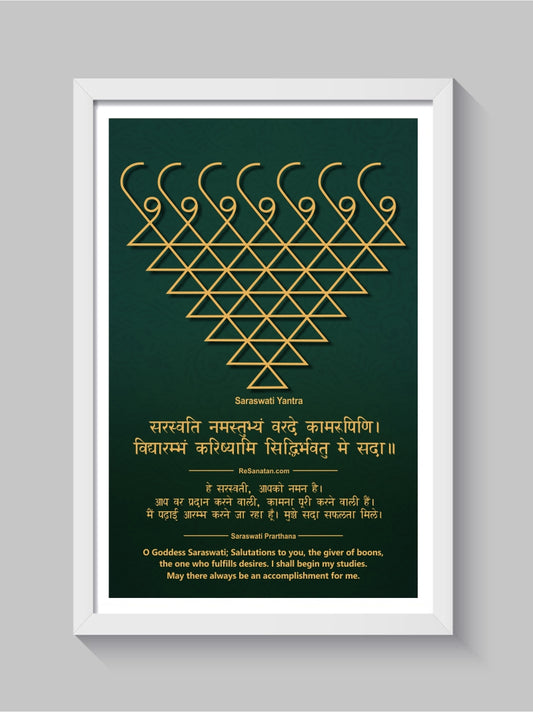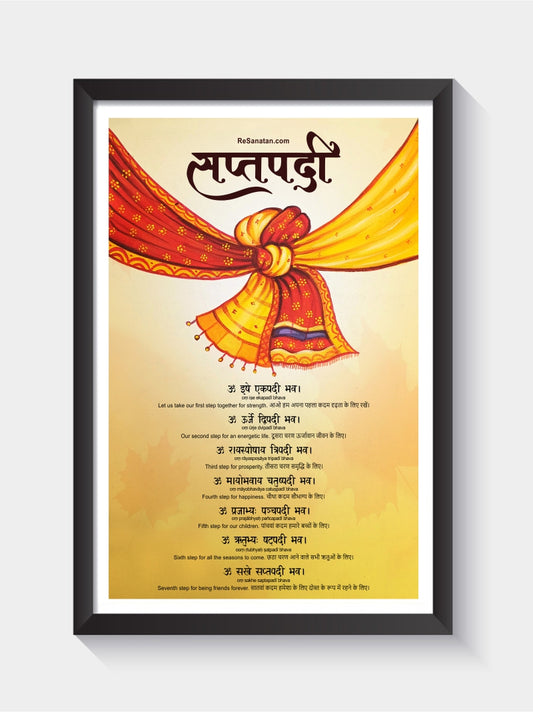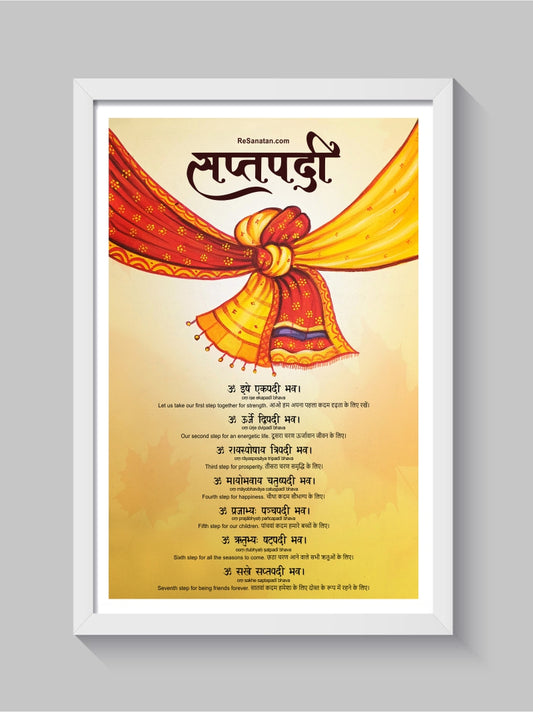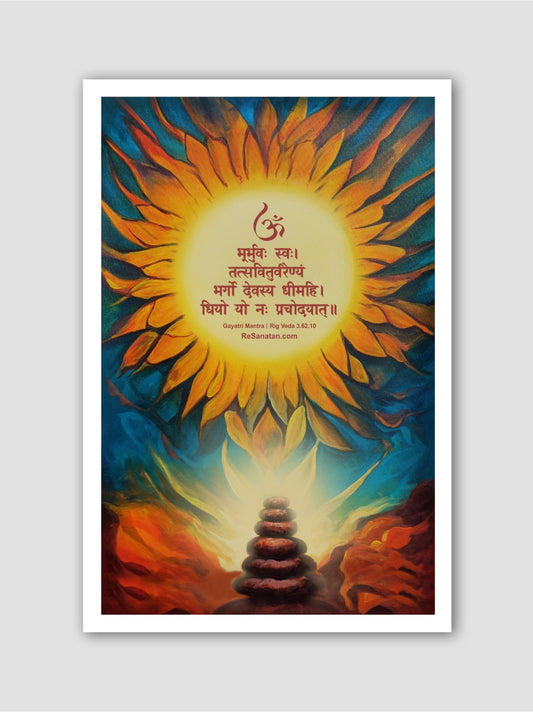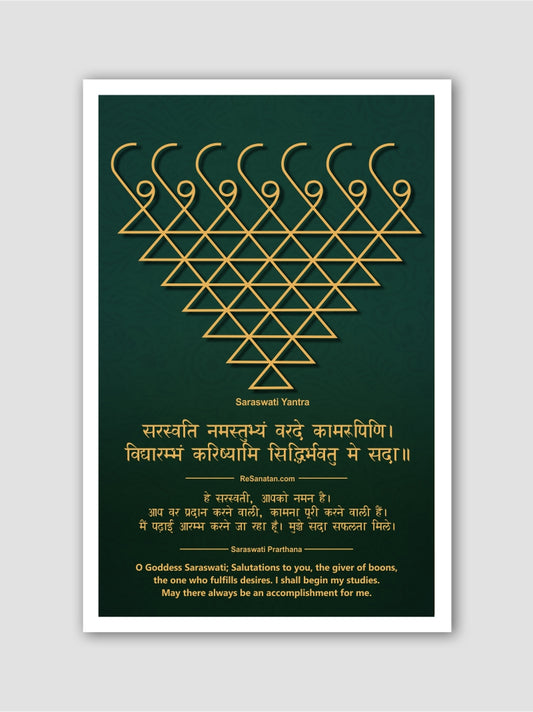Maha Mrityunjaya Mantra: Lyrics, Detailed Meaning in English and Hindi, Origin, and Benefits Explained
Share
The Maha Mrityunjaya Mantra, also known as the Rudra Mantra or the Tryambakam Mantra, is one of the most powerful and revered mantras in Hinduism. It is a prayer to Lord Shiva, seeking his protection and blessings for overcoming fears, ailments, and ultimately, the cycle of death and rebirth. This ancient mantra is found in the Rigveda (7.59.12) and the Yajurveda and is a cornerstone in many spiritual practices.
Maha Mrityunjaya Mantra Lyrics in Sanskrit and English
Lyrics in Sanskrit:
ॐ त्र्यम्बकं यजामहे सुगन्धिं पुष्टिवर्धनम् |
उर्वारुकमिव बन्धनान्मृत्योर्मुक्षीय माऽमृतात् ||
Lyrics in English:
Aum Tryambakam yajaamahe sugandhim pushtivardhanam |
Urvaarukamiva bandhanaan-mrityormuksheeya maamritaat ||
Maha Mrityunjaya Mantra Meaning in English
"We meditate on the three-eyed one (Lord Shiva) who permeates and nourishes all like a fragrance. May he liberate us from the bondage of worldly attachments and the cycle of birth and death, just as a ripe cucumber effortlessly detaches from its stem, and may he grant us immortality."
Maha Mrityunjaya Mantra Meaning in Hindi
"हम तीन नेत्रों वाले (भगवान शिव) का ध्यान करते हैं, जो सुगंध की तरह सबको व्याप्त और पोषित करते हैं। जैसे पका हुआ खीरा अपने डंठल से आसानी से अलग हो जाता है, वैसे ही वे हमें सांसारिक बंधनों और जन्म-मृत्यु के चक्र से मुक्त करें, और हमें अमरता प्रदान करें।"
Detailed Word-by-Word Explanation of the Maha Mrityunjaya Mantra in English and Hindi
ॐ (Om)
English: The primordial sound, representing the ultimate reality. It is the sound of the universe and signifies the essence of the ultimate reality, consciousness.
Explanation: Om is considered the most sacred syllable in Hinduism, encompassing the essence of the universe. It is often chanted at the beginning and end of prayers and mantras.
Hindi: आद्य ध्वनि, परम वास्तविकता का प्रतिनिधित्व। यह ब्रह्मांड की ध्वनि है और परम वास्तविकता, चेतना का सार व्यक्त करती है।
व्याख्या: ॐ हिंदू धर्म में सबसे पवित्र अक्षर माना जाता है, जो ब्रह्मांड के सार को समाहित करता है। इसे प्रार्थना और मंत्रों की शुरुआत और अंत में अक्सर उच्चारित किया जाता है।
त्र्यम्बकं (Tryambakam)
English: The three-eyed one, referring to Lord Shiva. The three eyes represent the sun, moon, and fire, symbolizing his ability to see the past, present, and future.
Explanation: Lord Shiva, with his third eye, is believed to have the power to destroy evil and ignorance, providing deeper insight and wisdom.
Hindi: तीन नेत्रों वाले, भगवान शिव का संदर्भ। तीन नेत्र सूर्य, चंद्रमा और अग्नि का प्रतीक हैं, जो उनके भूत, वर्तमान और भविष्य को देखने की क्षमता को दर्शाते हैं।
व्याख्या: भगवान शिव, अपने तीसरे नेत्र के साथ, बुराई और अज्ञान को नष्ट करने की शक्ति रखते हैं, जिससे गहन अंतर्दृष्टि और ज्ञान प्राप्त होता है।
यजामहे (Yajamahe)
English: We worship, adore, or revere. This verb indicates an act of devotion and offering to the divine.
Explanation: This word emphasizes the collective act of worship, indicating a sense of community and shared devotion in the invocation.
Hindi: हम पूजा करते हैं, उपासना करते हैं या सम्मान करते हैं। यह क्रिया दिव्य को समर्पित भक्ति और अर्पण के कार्य को इंगित करती है।
व्याख्या: यह शब्द सामूहिक पूजा के कार्य पर जोर देता है, जो invocation में समुदाय और साझा भक्ति की भावना को दर्शाता है।
सुगन्धिं (Sugandhim)
English: The fragrant one. It implies a pleasing and divine aroma, symbolizing purity and auspiciousness.
Explanation: Fragrance is often associated with divinity and sanctity, indicating the pure and pleasant presence of the deity.
Hindi: सुगंधित। यह एक मनभावन और दिव्य सुगंध का संकेत देता है, जो शुद्धता और शुभता का प्रतीक है।
व्याख्या: सुगंध अक्सर दिव्यता और पवित्रता से जुड़ी होती है, जो देवता की शुद्ध और सुखद उपस्थिति को दर्शाती है।
पुष्टिवर्धनम् (Pushtivardhanam)
English: The sustainer and nourisher of all beings. This refers to the deity's role in providing growth, health, and well-being.
Explanation: Lord Shiva, in this context, is seen as the one who nurtures and supports life, ensuring the flourishing and prosperity of all creatures.
Hindi: सभी प्राणियों का पोषण करने वाले। यह देवता की वृद्धि, स्वास्थ्य और भलाई प्रदान करने की भूमिका का उल्लेख करता है।
व्याख्या: इस संदर्भ में भगवान शिव को जीवन का पोषण और समर्थन करने वाले के रूप में देखा जाता है, जो सभी प्राणियों की समृद्धि और विकास सुनिश्चित करते हैं।
उर्वारुकम् (Urvarukam)
English: Like the cucumber. This metaphor symbolizes the natural detachment from worldly attachments, just as a ripe cucumber easily separates from the vine.
Explanation: The cucumber metaphor signifies liberation from the bonds of life and death, highlighting the ease with which one can attain freedom with divine grace.
Hindi: खीरे की तरह। यह उपमा सांसारिक बंधनों से प्राकृतिक अलगाव का प्रतीक है, जैसे पका हुआ खीरा आसानी से बेल से अलग हो जाता है।
व्याख्या: खीरे की उपमा जीवन और मृत्यु के बंधनों से मुक्ति का प्रतीक है, जो दर्शाता है कि दिव्य कृपा से किस आसानी से कोई स्वतंत्रता प्राप्त कर सकता है।
इव (Iva)
English: Like; as. This word is used to draw a comparison or likeness between two things.
Explanation: It connects the metaphor (cucumber) to the desired outcome (liberation), emphasizing the nature of detachment.
Hindi: जैसे; के समान। यह शब्द दो चीजों के बीच तुलना या समानता खींचने के लिए उपयोग किया जाता है।
व्याख्या: यह उपमा (खीरा) को वांछित परिणाम (मुक्ति) से जोड़ता है, जो अलगाव की प्रकृति को दर्शाता है।
बन्धनात् (Bandhanan)
English: From bondage. This term refers to the various attachments and limitations that bind individuals to the cycle of life and death.
Explanation: It signifies the constraints and limitations of worldly life, from which the devotee seeks liberation.
Hindi: बंधन से। यह शब्द उन विभिन्न लगावों और सीमाओं को संदर्भित करता है जो व्यक्तियों को जीवन और मृत्यु के चक्र से बांधते हैं।
व्याख्या: यह सांसारिक जीवन की बाधाओं और सीमाओं को दर्शाता है, जिनसे भक्त मुक्ति चाहता है।
मृत्योः (Mrityor)
English: From death. It indicates the ultimate fear and suffering that individuals seek to overcome through divine intervention.
Explanation: Death symbolizes the finality and unknown that devotees seek protection from, aspiring for eternal life or liberation.
Hindi: मृत्यु से। यह परम भय और पीड़ा को इंगित करता है जिसे व्यक्तियों ने दिव्य हस्तक्षेप के माध्यम से पार करने की कोशिश की है।
व्याख्या: मृत्यु अंतिमता और अज्ञात का प्रतीक है, जिससे भक्त संरक्षण चाहते हैं, और शाश्वत जीवन या मुक्ति की आकांक्षा रखते हैं।
मुक्षीय (Mukshiya)
English: Liberate us; free us. It is a plea for release from the cycles of birth, death, and rebirth, and the suffering associated with it.
Explanation: This term encapsulates the ultimate goal of spiritual practice—moksha, or liberation from the cycle of samsara.
Hindi: हमें मुक्त करें; स्वतंत्र करें। यह जन्म, मृत्यु और पुनर्जन्म के चक्र और इससे जुड़े कष्टों से मुक्ति की याचना है।
व्याख्या: यह शब्द आध्यात्मिक अभ्यास के अंतिम लक्ष्य—मुक्ति, या संसार के चक्र से मुक्ति—को समाहित करता है।
मा (Ma)
English: Not. It negates the association with death, emphasizing the aspiration for immortality.
Explanation: This word is a crucial part of the plea, reinforcing the desire to avoid the cycle of death and rebirth.
Hindi: नहीं। यह मृत्यु के संबंध को नकारता है, अमरता की आकांक्षा को दर्शाता है।
व्याख्या: यह शब्द याचना का एक महत्वपूर्ण हिस्सा है, मृत्यु और पुनर्जन्म के चक्र से बचने की इच्छा को सुदृढ़ करता है।
अमृतात् (Amritat)
English: Immortality; nectar of immortality. It signifies eternal life and the divine essence that transcends the mortal realm.
Explanation: Amritat represents the ultimate spiritual goal—achieving a state of being beyond the limitations of physical existence, in eternal communion with the divine.
Hindi: अमरता; अमृत का रस। यह शाश्वत जीवन और दिव्य सार को दर्शाता है जो नश्वर क्षेत्र से परे है।
व्याख्या: अमृतत अंतिम आध्यात्मिक लक्ष्य का प्रतिनिधित्व करता है—भौतिक अस्तित्व की सीमाओं से परे, दिव्य के साथ शाश्वत संप्रदाय में एक अवस्था प्राप्त करना।
The Maha Mrityunjaya Mantra: Origin, Significance, and Benefits
Origin of the Maha Mrityunjaya Mantra
The Maha Mrityunjaya Mantra, also known as the "Death Conquering Mantra" or the "Rudra Mantra," is one of the oldest and most powerful mantras in Hinduism. Its origins can be traced back to the ancient Vedic texts:
Rigveda: The mantra is found in the Rigveda (7.59.12), one of the oldest and most revered Vedic scriptures. It is part of the "Suktas" or hymns dedicated to various deities.
Yajurveda: It is also mentioned in the Yajurveda, another ancient Vedic text, where it is used in rituals and ceremonies for protection and healing.
The Mythological Background of the Maha Mrityunjaya Mantra
According to Hindu mythology, the Maha Mrityunjaya Mantra was revealed to the sage Markandeya by Lord Shiva. Markandeya, a devout follower of Shiva, used this mantra to overcome death and gain immortality. This story highlights the mantra's power to conquer death and provide divine protection.
Significance of the Maha Mrityunjaya Mantra
The Maha Mrityunjaya Mantra holds profound significance in Hindu spiritual practices due to its association with Lord Shiva, the deity of destruction and regeneration. Here are the key aspects of its significance:
Spiritual Protection: The mantra is believed to offer protection from untimely death, accidents, and various dangers. It is often chanted during times of illness, crisis, and fear to invoke Shiva's divine protection.
Healing Power: The mantra is known for its potent healing properties. It is said to bring physical, emotional, and spiritual healing, helping to alleviate diseases, mental stress, and other ailments.
Connection to Lord Shiva: Chanting this mantra helps devotees connect with Lord Shiva, the supreme consciousness. Shiva is known for his transformative power, and this mantra aids in spiritual awakening and growth.
Moksha (Liberation): The ultimate goal of chanting the Maha Mrityunjaya Mantra is to attain moksha, or liberation from the cycle of birth and death. The mantra's vibrations are believed to purify the soul and guide it towards enlightenment.
Symbolism of the Words:
Tryambakam: Refers to the three-eyed Shiva, symbolizing his ability to see the past, present, and future.
Yajamahe: Represents the act of worship and surrender to the divine.
Sugandhim: Indicates the divine fragrance of purity and sanctity.
Pushtivardhanam: Emphasizes the nourishing and sustaining aspect of Shiva.
Urvarukamiva Bandhanan: The metaphor of a ripe cucumber detaching from its vine symbolizes liberation from worldly attachments.
Mrityor Mukshiya Maamritat: A plea for liberation from death and attaining immortality.
Benefits of Chanting the Maha Mrityunjaya Mantra
Chanting the Maha Mrityunjaya Mantra is believed to bring numerous benefits to the practitioner. These benefits encompass physical, mental, and spiritual dimensions:
Physical Healing:
Health Recovery: The mantra is known to aid in the recovery from illnesses and enhance overall health. Its vibrations are believed to have therapeutic effects on the body.
Longevity: Regular chanting is said to promote longevity and vitality, ensuring a healthy and balanced life.
Mental Peace:
Stress Reduction: The mantra helps in reducing stress and anxiety, bringing mental peace and calmness.
Emotional Balance: It aids in achieving emotional stability and resilience, helping individuals cope with life's challenges.
Spiritual Growth:
Connection with the Divine: Chanting the mantra helps in establishing a deeper connection with Lord Shiva, enhancing spiritual awareness and growth.
Purification of the Soul: The mantra's vibrations purify the mind and soul, removing negative energies and thoughts.
Protection and Safety:
Divine Shield: The mantra is believed to create a protective shield around the practitioner, safeguarding them from accidents, dangers, and negative influences.
Overcoming Fear: It helps in overcoming the fear of death and other existential fears, instilling courage and confidence.
Attaining Moksha:
Liberation from the Cycle of Birth and Death: The ultimate benefit of chanting the Maha Mrityunjaya Mantra is to attain moksha, or liberation from the cycle of birth and death. It guides the soul towards enlightenment and eternal peace.
How to Chant the Maha Mrityunjaya Mantra
Preparation: Find a quiet place and sit comfortably. Light a lamp or incense to create a sacred atmosphere.
Focus: Close your eyes and take a few deep breaths to center yourself.
Chanting: Recite the mantra with devotion and focus. You can chant it aloud or silently in your mind.
Repetition: Chant the mantra a specific number of times (usually 108) using a mala (prayer beads) to keep count.
Consistency: Regular practice enhances the benefits. Try to chant the mantra daily, preferably during the early morning or evening hours.
Conclusion
The Maha Mrityunjaya Mantra is a timeless and powerful invocation that transcends the barriers of time and space. Its origins in ancient Vedic texts, coupled with its profound significance and manifold benefits, make it a cornerstone of Hindu spiritual practice. Whether recited for healing, protection, or spiritual growth, this mantra holds the key to unlocking divine blessings and achieving a state of peace, health, and ultimate liberation. Through regular chanting and sincere devotion, practitioners can harness the transformative power of the Maha Mrityunjaya Mantra and journey towards a life of harmony and enlightenment.

